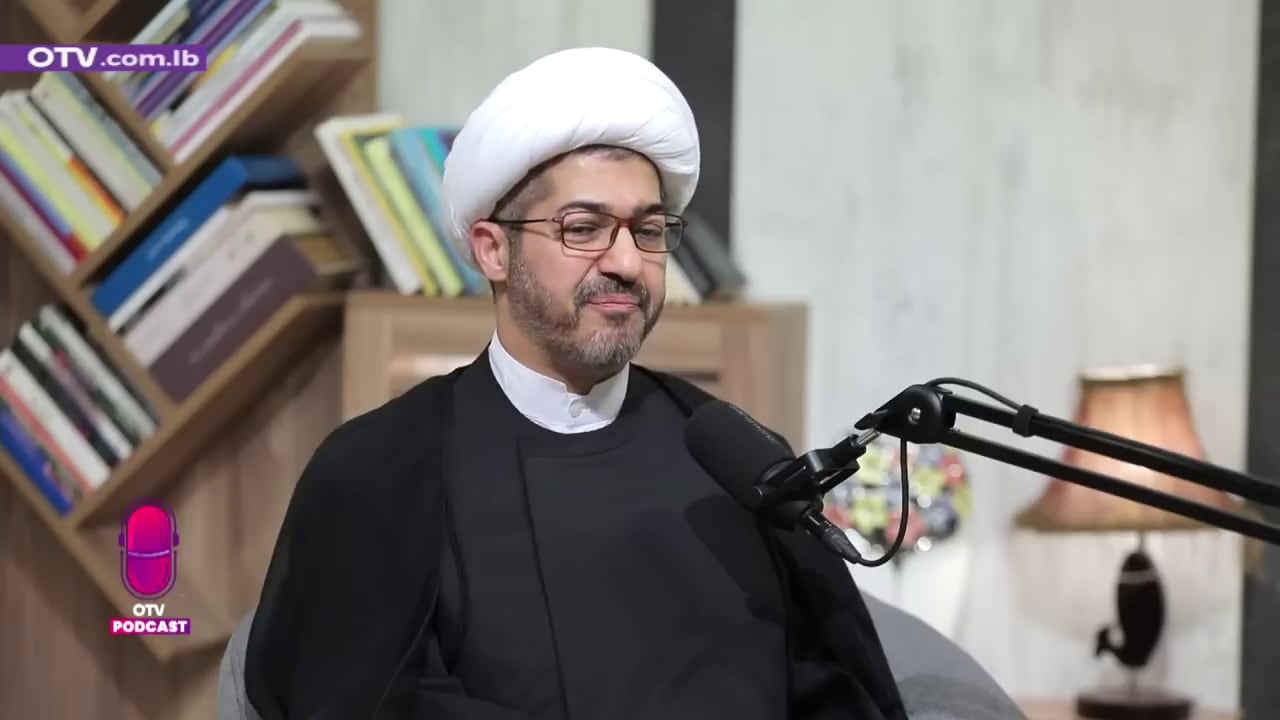
Ali Akbar Salehi, the head of the Atomic Energy Organization of Iran, was interviewed on Channel 2 TV (Iran) on January 30, 2019. He said that Iran is neither rich nor poor when it comes to uranium and that it is working to produce a strategic uranium reserve. He said that testing on the IR4 and IR2M centrifuges has been completed and they can now be produced industrially. He also said that the IR5, IR6, IR7, and IR8 centrifuges are currently being tested, and that this is being done in compliance with the JCPOA. He explained that the 10-year period in which the JCPOA limits Iran to using only IR1 centrifuges for uranium enrichment is roughly the same amount of time that Iran would have needed to test new centrifuges anyway, and that the U.S. had thought that Iran would not have enough IR1 centrifuges to last for those 10 years. However, he said that less than 1% of IR1 centrifuges disintegrate – compared to the previous failure rate of 40% - and that Iran today has 14,000 IR1 centrifuges, many of which are in storage, such that Iran has more than enough IR1 centrifuges to last for the 10-year period.
Ali Akbar Salehi: "Our experts used to think that Iran does not have much uranium, but in light of our discoveries and the search conducted from air and on land, I can tell you – as I have said many times before – that even if we are not rich in this respect, we are not poor, either. Since uranium is a strategic material, we use all means at our disposal, and we act quickly to produce the uranium we need at a scale that befits strategic reserves.
[...]
"If you asked me what our greatest nuclear achievement is, I'd have to say that it is our success in using the nuclear industry and knowledge in a way that has allowed us to be the designers, to design research reactors – we are the ones designing the Arak reactor – to design centrifuges... In the [yellowcake] factory you saw today, the design and the production is done by Iranians.
[...]
"The only condition set by the [JCPOA] nuclear agreement regarding the [yellowcake] factory was that we must put a seal on the truck transferring the uranium from Ardakan to Isfahan so that the uranium would not go to a different location.
[...]
"Thank God, the tests on the IR4 and IR2M [centrifuges] have been completed. They were tested for over 12 years. Today we have all the data, and we can easily manufacture them on an industrial scale.
[...]
"We are now conducting tests on the IR5, IR6, and IR7 [centrifuges]."
Interviewer: "Are we allowed to move on with this according to the nuclear agreement?"
Ali Akbar Salehi: "Yes. It is done in the framework of the JCPOA. The JCPOA set a limitation. For example, we can only conduct mechanical tests on one IR7 unit. However, with regard to the IR6 units, we announced – and I reiterate it here – that we are allowed to create an [enrichment] cascade of 20 IR6 centrifuges in the framework of the JCPOA.
[...]
"Our only limitation is that in the period referred to in the JCPOA – in the first 10 years of the agreement – we can only use IR1 [centrifuges] for enrichment. When the period is over, we will be able to use our new centrifuges. You see? This is the limitation. We are enriching [uranium] right now."
Interviewer: "With the same 5,060 [centrifuges]?"
Ali Akbar Salahi: "We are enriching with the same 5,060... If the enrichment had to be stopped, we would have had to shut down the Natanz plant."
[...]
"Even if we did not have a nuclear agreement... Forget the JCPOA... We have been conducting tests on one IR8 unit for five year now. Our people are testing it day and night. If you go and look at our IR8 centrifuge, you will see that we inject gas and uranium into it and it conducts enrichment. But we are not engaged in mass production of it. We can build them in large quantities, but then we would experience the same problem we had with the IR1 centrifuges. When we built the IR1 centrifuges, 40% of them would disintegrate. With time we have learned, and now less than 1% of them [fail in this fashion]. You can see the difference. So the time we allocated for centrifuge research and development – after all, we are operating freely in other areas – is the same time we would have normally needed for work on our advanced centrifuges in order to reach mass production.
[...]
"We have a large company, of about 700 [employees]... If you include the support staff, it is more like 900 experts working to redesign the Arak reactor.
[...]
"For two months, due to the pressure Trump is exerting, the work has somewhat slowed down. We are holding discussions so that the [joint] work group will overcome this lag. Unfortunately, due to the pressure America is exerting, one of the countries in the group is not acting as quickly and is less cooperative than it used to be. But I say to our great people that we have learned to predict the worst-case scenario and to prepare ourselves. If they do not want to continue... I announce through you... This is a warning: If you do not show up, we will advance the matter ourselves. We have various options in this respect. I cannot go into detail beyond that."
Interviewer: "Are you declaring a time ultimatum, or not yet?"
Ali Akbar Salehi: "No. Fortunately, the work continues, but the pace has slowed down. The work has not stopped, but we expect it to be like in the past."
Interviewer: "I saw in the IAEA from November that they announced that Iran is no longer producing new IR1 centrifuges and that it is not supposed to manufacture or replace broken centrifuges. What is the reason for this?"
Ali Akbar Salehi: "Maybe I am saying this for the first time... There are things that I cannot say. If I get to live long enough, or others come after me, maybe these things will be told. During the negotiations, the other side thought that it was driving us into a dead end in many areas. Let's not get into this... One of these areas was the issue of the centrifuges. Before the implementation of the nuclear agreement, we had about 20,000 centrifuges – a few hundred give or take. One thousand of those centrifuges were of the IR2M model. We had 19,000 IR1 centrifuges, and 9,000 of those were engaged in enrichment. Ten thousand centrifuges had been installed but were not in operation. The 1,000 IR2M centrifuges had also been installed but not in operation. The question is why they were not in operation. Why did we install them but not activate them? They had been installed for a year or two but were not in operation. But this is not the topic of our discussion now. We collected these centrifuges in the most careful fashion. I want your cameras to show how carefully we did this. Our guys showed real dedication to this. Unfortunately, we hear people saying that we would kick the centrifuges... This is disrespectful towards our dear people working in Natanz. There are 15,000 engineers working in Natanz. [How can they be accused] of piling the centrifuges on top of each other? We collected the centrifuges in the most careful manner. What did America think? They said that in these seven or eight years, we should use only IR1 centrifuges. They thought, and I say this for the first time, that our IR1 centrifuges would not last for 10 years, and that we would have a shortage of centrifuges due to the high rate of failure that the IR1 centrifuges had. I said earlier that 40% of the IR1 centrifuges would disintegrate. Slowly, the number was reduced to 20%, and then to 10%, and our teams have lowered it to less than 1%. We have IR1 centrifuges for the foreseeable future, not just for 10 years. We don't need to manufacture more of them, because we have them in storage. We now have 14,000 IR1 centrifuges."













